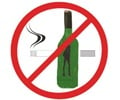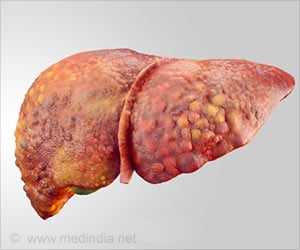A prevention system designed to reduce drug use and delinquent behaviour has been found to reduce rates of binge drinking among eighth-grade students in the U.
A prevention system designed to reduce drug use and delinquent behaviour has been found to reduce rates of binge drinking among eighth-grade students in the U.S. by 37 per cent, when compared to teens who did not use the system.
In their study paper, researchers at the University of Washington write that eighth graders in the towns that offered the Communities That Care prevention system also had significantly lower levels of alcohol and smokeless tobacco use and engaged in fewer delinquent behaviours.Published in the Archives of Pediatrics and Adolescent Medicine, the findings come from the ongoing Community Youth Development Study that compares teenagers living in 12 pairs of small- to moderate-size towns in Colorado, Illinois, Kansas, Maine, Oregon, Utah and Washington.
It is tracking the behaviour of more than 4,400 students for five years.
"This study shows we can prevent adolescent risk behaviors community wide by using this system," said J. David Hawkins, who has developed the Communities That Care prevention system in collaboration with Richard Catalano, of the UW's Social Development Research Group.
"The most dramatic finding concerned binge drinking. We asked youngsters if they had consumed five or more drinks of alcohol in one sitting in the past two weeks.
We know kids who drink that way are at risk for developing alcohol abuse and dependence later. This binge drinking is occurring when children are 13 and 14 years of age, so we are actually preventing the likelihood of later alcohol problems. This is very important from a public health standpoint," added the lead author of the paper and founding director of the research group.
Advertisement
The team have revealed that their findings are based on data collected four years after each of the intervention towns began using the system.
The researchers say that teens in the intervention towns reported lower levels of use of all seven substances, and that the differences were statistically significant for alcohol and smokeless tobacco.
According to them, there was a 48 percent reduction in the use of smokeless tobacco and a 23 percent reduction in the number of teens drinking alcohol.
Data also showed a significant difference in the number of delinquent behaviours the students engaged in over the past year.
The study also found that young people in the communities using the prevention system were significantly less likely to begin smoking tobacco, drinking alcohol or committing delinquent acts between the fifth and eighth grades.
"What makes this system different from other prevention efforts is that it provides community coalitions with scientifically based tools with which to make decisions based on what is important to each town," said Hawkins.
"The key is empowering each community to make scientifically grounded decisions about what program they need. That builds ownership.
"Communities That Care provides a menu of tested policies and programs and offers a system for reassessment every two years so a community can change or modify its program to achieve the outcomes it wants," Hawkins added.
Source-ANI
SRM










